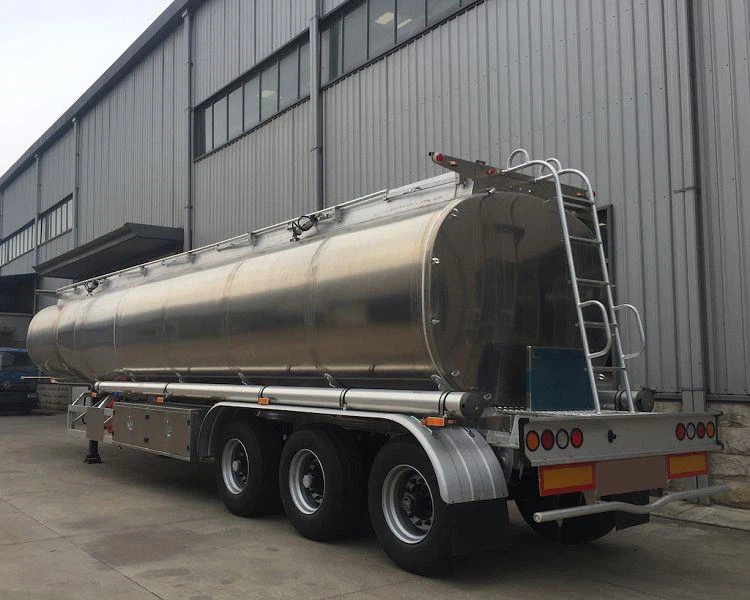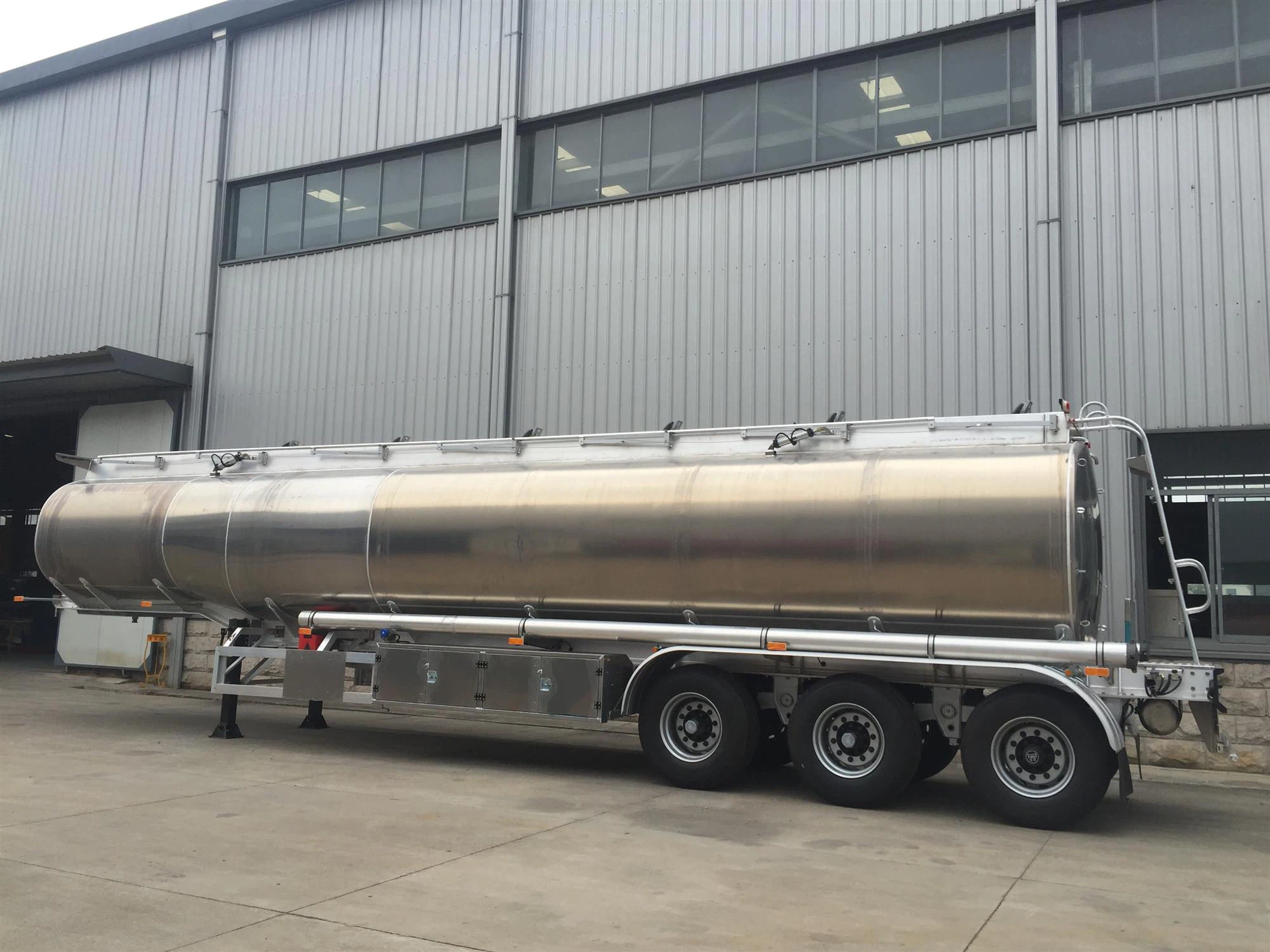Hook Lift System for Sale: The Ultimate Guide to Choosing the Right System for Your Needs

Whether you’re in the waste management industry or require a versatile hauling solution, a hook lift system offers exceptional flexibility and efficiency. In recent years, the demand for hook lift systems has surged, leading to various options for sale. This article provides a comprehensive overview of hook lift systems, their advantages, types available, and tips for purchasing the right one.
What is a Hook Lift System?
A hook lift system is a specialized device used to lift, transport, and lower containers, skips, or other loads using a vehicle. It consists of a hook and a lifting mechanism that allows for easy interchangeability of containers. This system is ideal for various industries, including waste management, construction, and recycling.
Benefits of Hook Lift Systems
- Versatility: Hook lift systems can be utilized for transporting different types of containers.
- Efficiency: They streamline operations by minimizing loading and unloading times.
- Cost-effective: Reduce transportation costs by allowing a single vehicle to handle multiple jobs.
- Safe: Designed with safety features to prevent accidents during lifting and transporting heavy loads.
Types of Hook Lift Systems

1. Standard Hook Lift Systems
Designed for general-purpose use, standard hook lift systems are ideal for various industries. They can handle a wide range of container sizes, making them a popular choice for businesses focused on versatility.
2. Heavy-Duty Hook Lift Systems
When dealing with heavier loads, heavy-duty hook lift systems come into play. Built to withstand significant weight capacities, these systems are perfect for construction and demolition jobs.
3. Light-Duty Hook Lift Systems
Light-duty hook lift systems are ideal for smaller jobs and can be used in residential waste collection or light recycling processes. They are typically more economical and suitable for lighter containers.
4. Custom Hook Lift Systems
If your business has specific needs, consider custom hook lift systems. These systems can be tailored to meet unique requirements, including special container sizes or enhanced lifting mechanisms.
Key Components of a Hook Lift System
Understanding the components of a hook lift system is essential for making an informed purchase. Below are the primary components:
1. Hook Assembly
The hook assembly is the critical component that lifts and secures the container. Depending on the design, it can be automatic or manual, ensuring the secure attachment before lifting.
2. Hydraulic System
The hydraulic system regulates the lifting and lowering of the hook. It’s crucial for smooth operation, with quality hydraulic components enhancing efficiency and reducing maintenance needs.
3. Frame
The frame supports the entire system and is typically built from high-strength steel. A robust frame is essential for safety and the longevity of the hook lift system.
4. Control System
The control system allows the operator to manage the hook lift’s operations. Modern systems often feature remote controls, enhancing usability and safety.
5. Safety Features
- Emergency Stop: Cuts power during emergencies.
- Limit Switches: Prevent overloading and ensure safe operation.
- Load Indicators: Display current load weight.
Choosing the Right Hook Lift System
Selecting the ideal hook lift system requires careful consideration. Here are some essential tips:
1. Assess Your Requirements
Determine the volume and weight of the loads you’ll be transporting. Understanding your specific use case will inform your choice of system capacity and design.
2. Consider Container Types
Identify the types and sizes of containers you’ll be using. Ensure the system you select is compatible with your container fleet.
3. Evaluate Your Budget
Hook lifts come at various price points. It’s crucial to find a unit that meets your needs without compromising quality. Consider both upfront costs and long-term operational expenses.
4. Look for Quality Brands
Research reputable manufacturers and brands known for durability and reliability. Investing in a well-made hook lift system will reduce maintenance costs and enhance performance.
5. Check Warranties and Support
Ensure the manufacturer offers a robust warranty and support program. This will provide peace of mind regarding service and repairs.
Your Options for Buying a Hook Lift System
When looking for a hook lift system for sale, consider these options:
1. Online Retailers
Many online platforms specialize in heavy machinery sales. They often provide a wide range of models with detailed specifications, enabling easy comparison.
2. Local Dealerships
Visiting a local dealership allows you to see the systems in person and discuss your needs with knowledgeable staff. They can provide insights and options tailored to your requirements.
3. Auctions and Second-Hand Sales
For those on a tighter budget, consider looking at auctions or classified listings for used hook lift systems. Be sure to assess condition and functionality before making a purchase.
Practical Examples and Real-World Applications
Hook lift systems have a variety of applications across multiple industries:
1. Waste Management
Many municipalities use hook lift systems for efficient waste collection. They can quickly interchange containers, reducing downtime during pickups.
2. Construction Sites
On construction sites, hook lift systems facilitate the hauling of debris and materials. Their ability to handle different containers enhances workflow and productivity.
3. Recycling Operations
Recycling facilities utilize hook lift systems to manage the transport of recyclable materials. The flexibility to switch containers as needed contributes to efficient operations.
4. Landscaping and Tree Services
Professionals in landscaping often rely on hook lifts for transporting green waste efficiently. The systems can quickly swap out containers, optimizing routes between jobs.
Maintenance Tips for Hook Lift Systems

1. Regular Inspections
Perform thorough regular inspections of hydraulic lines, hoses, and the hook mechanism. Check for signs of wear, leaks, or corrosion.
2. Keep It Clean
Keep the system clean from debris, dirt, and corrosive materials. Regular cleaning can help identify potential issues before they become serious.
3. Lubrication
Properly lubricate moving parts as recommended by the manufacturer. This will reduce friction, prevent wear, and ensure smooth operation.
4. Follow Manufacturer Guidelines
Always adhere to the maintenance schedule and guidelines provided by the manufacturer. They provide the best advice for operational safety and system longevity.
Frequently Asked Questions
1. What is the average cost of a hook lift system?
The cost can vary widely depending on the type and size of the system, typically ranging from $20,000 to $60,000.
2. Can I use a hook lift system with my existing truck?
Many hook lift systems can be retrofitted to existing trucks, but it’s important to ensure compatibility. Consult a manufacturer or dealer for specifics.
3. How heavy of a load can a hook lift system handle?
Most hook lift systems can handle loads ranging from 5,000 to 30,000 lbs, but this varies based on the design and manufacturer.
4. What type of maintenance does a hook lift system require?
Regular inspections, lubrication of moving parts, and checking the hydraulic system are essential for proper maintenance.

5. Are there financing options available for purchasing a hook lift system?
Many dealers offer financing options. It’s best to ask about financing plans when considering a purchase.
6. Can hook lift systems be used in extreme weather conditions?
Yes, with proper maintenance and suitable hydraulic fluids, hook lift systems can operate effectively in various weather conditions.
